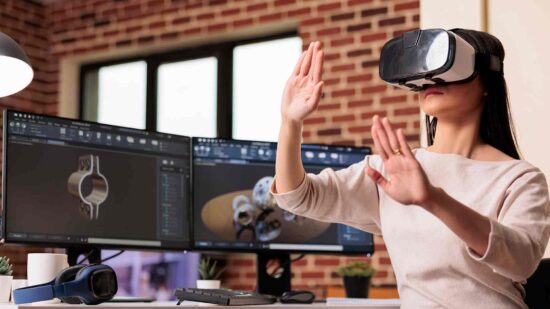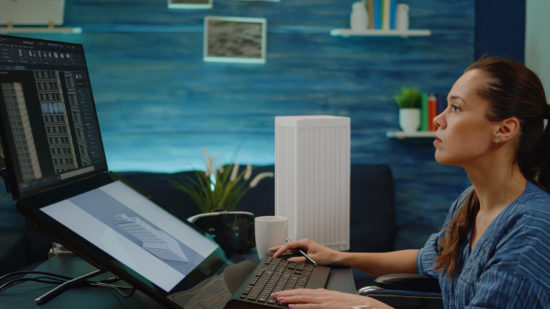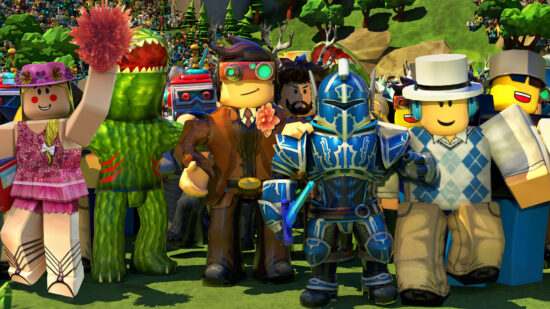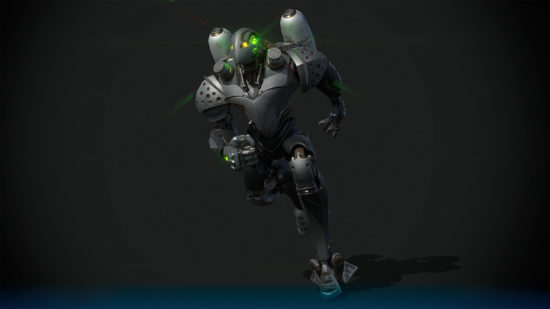If the greatest artists of the past millennium were to see the wonders being achieved with 3D models today, they would undoubtedly be gobsmacked. 3D objects and models in exciting and realistic media/software experiences are pumped out with surprising speed, mainly due to effective modern 3D modeling. Unfortunately, digital modeling has become dominant at the expense of 3D sculpting, another practice that brings a lot to the table of 3D design.
Though it might be used more rarely than modeling, digital sculpting has several notable strengths, and is superior to modeling in certain situations. With luck, this guide will tell you all you need to know about the process and help you get started with sculpting or find a 3D sculpting company to handle your 3D needs.
What is 3D Sculpting?
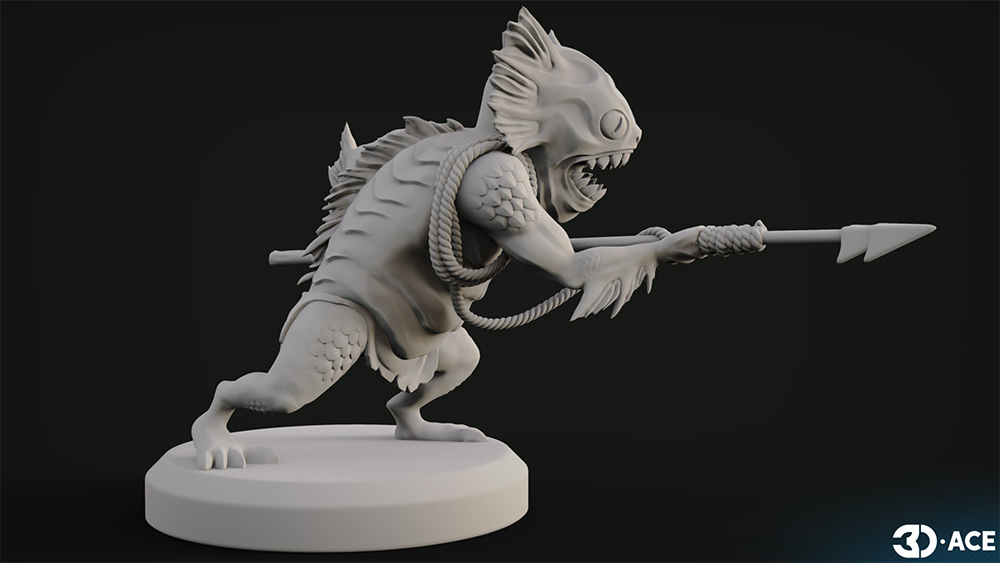
3D sculpting is the process of creating a 3D model through “pinch and pull” methods in specialized software. Just as a regular sculptor would take a block of clay and manipulate it until they get the right shape, a digital sculptor will work with a computer, mouse, and virtual materials to create a 3D asset. In other words, it creates the geometry of a 3D object, but the model is only complete in the following stages, when color, texture, and other features (like rigging, animation, and VFX) are added to it.
3D sculpting vs 3D modeling
On the surface, 3D modeling and sculpting seem similar. Both can begin with the creation of a digital mesh (a patchwork of connected polygons/shapes). However, this is where the similarities end. Modeling is focused on adding, moving, and otherwise modifying lines and angles. It involves an adherence to geometric shapes and congruity, whereas sculpting is more flexible.
Sculpting is mostly focused on deforming lines and shapes, thus adding more detail, irregularities, and unique characteristics. For instance, special brushes can quickly turn an oval shape into a face, pulling small strips of material for the eyebrows, making indentations for the mouth and nostrils, pinching and collecting material for a nose, etc.
When we explain 3D modeling and sculpting, it is also important to mention that sculpting in 3D can be achieved without a polygonal mesh, in a process known as voxel-based sculpting. Instead of polygons, the model is divided into voxels – pixels grouped together to create three-dimensional geometry and volume.
In the end, sculpting and modeling are two sides of the same coin, and can often be used together to great effect. For example, an artist may use modeling to create the basic shapes of an object, then switch to sculpting to add all the fine details.
What are the benefits of using digital sculpting?
Depending on how you use it, 3D sculpting can shine or disappoint. You may get the model of your dreams in a matter of hours or spend days working on it with little progress. To make the most of your time, you should be aware of the strengths and weaknesses of this approach:
Pros:
- Great for crafting organic objects
- Allows broad freedom in manipulating the object
- Easy to add fine details
- Corrections can be added quickly
- Often faster than modeling
Cons:
- Not ideal for creating models large in scope
- Not suited for even shapes and geometry
- Requires a rare set of skills
- Brushwork can be hard to learn
Where is 3D Sculpting Used?
Though the artsy nature of sculpting makes it a popular hobby in the design community, this approach has plenty of real-life uses, especially for businesses.
3D printing and manufacturing
3D printing and manufacturing both require a high level of precision and detail in design. Since sculpting is known for its substantial detail and volume-focused dimensions, these designs are relatively easy to produce with physical materials. Thus, it is common to see 3D sculpting for 3D printing apply these assets in the form of blueprints for models produced in a factory or printer station.
Media
3D models are used broadly in media, from movies to advertisements to entertaining videos. Some people associate the process with a sculpture and think that the models created with this method are static and unmoving, but this is hardly the case. The truth is that many of the animated and moving 3D models we see in media were once 3D sculptures that were eventually rigged and put in motion.
Gaming
This one is a no-brainer. Gaming is the perfect spot to use sculpted assets, because games are filled to the brim with the type of objects that are usually sculpted – characters, creatures, foliage, and accessories. For example, the model of the Murloc Warrior designed by Program-Ace served as one of the game’s enemies after it was integrated into the software.
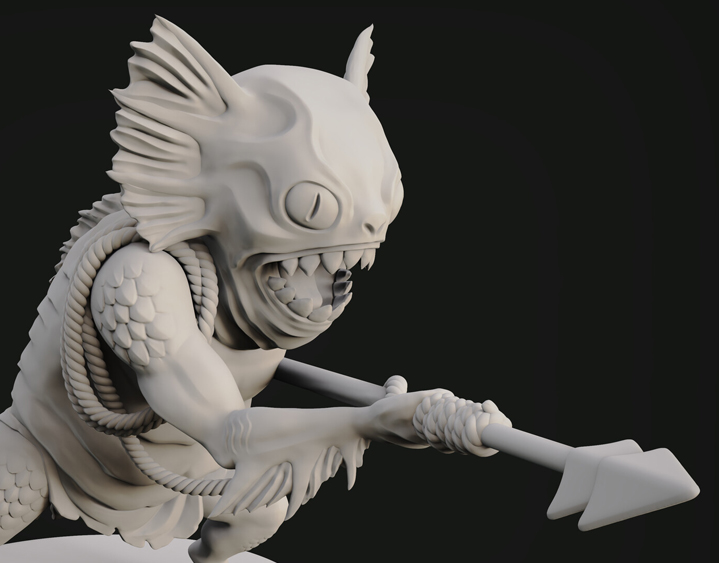
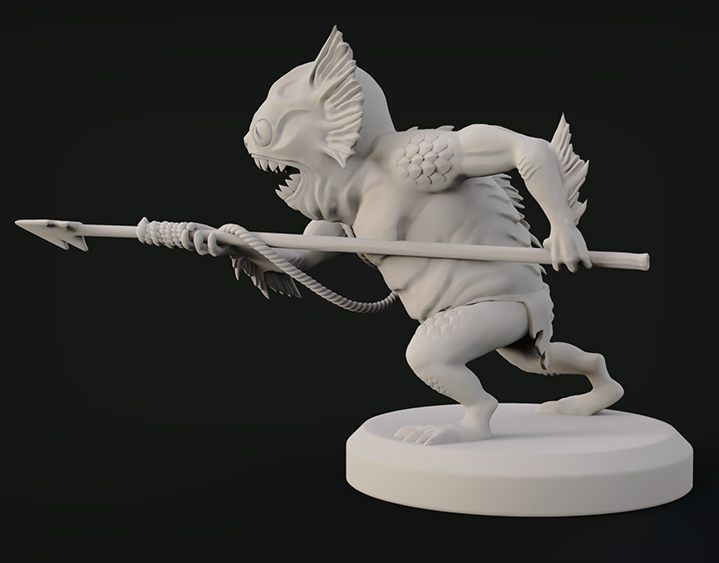
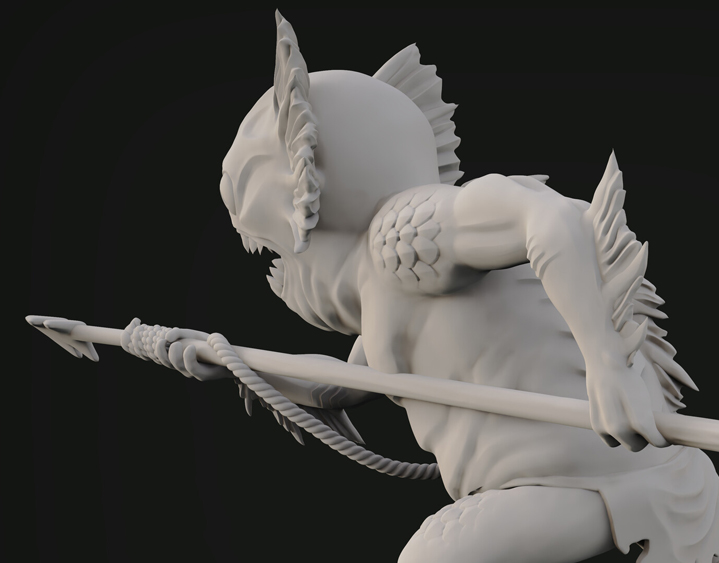
Advertising
As we have mentioned, the sculpting approach is helpful when you are working with irregular and often incongruent designs. Advertising often seeks to draw attention through the mysterious and unusual – objects that catch people’s attention, so the two often go hand-in-hand. That is why you can often find sculpted heads and faces on billboards and posters, and sometimes added into clips. On the other hand, the design technique can also grant beautiful and uniform models of whatever is being sold.
Product design
During prototyping and product development, sculpting is generally used for pathfinding – establishing the outward look and general design of the product. It is also used for prototype manufacturing of items with a relatively simple design. Because such assets cannot include functional internal elements and components (as opposed to assets created with modeling), the approach is not a good fit for designing machinery and equipment.
How to Start 3D Sculpting
Before you create your first sculpted model, you should get a feel for the process and learn some of the conventions present for the art. Let’s examine the key aspects.
Process
As you would use a glob of clay in real life, sculpting digitally starts with a formless mesh that is then pulled in all directions to create the basic form of your object. This is done with different brushes, each of which uniquely manipulates the material. For example, some of the most popular brushes include:
- Curve brush – creating curves and indentations
- Clip brush – cutting away excess materials
- Smooth brush – turning rough and textured surfaces smooth
- Groom brush – modifying fiber-based objects like hair
- Curve bridge brush – fixing and melding bridges between curves
Iteration has an important role in sculpting and works through layers. The base layer of a sculpted design will include the basic shape and outline of the object, while further layers will add more detail and features. For example, the lower layer of a character may be their body shape, while upper layers include clothing, accessories, etc.
References
Unless you are creating a new design directly from your imagination, it helps to use a reference during sculpting. In terms of general appearance and details, you can use photos, sketches, and clips. You might even benefit from a physical model of the object you are creating, since you will be able to feel its textures, look at it slowly from all angles, and learn everything there is to know about its appearance.
For example, for the crab model pictured below, we used concept art as the main reference, but also used a similar-sized action figure for a reference of the character’s posture.

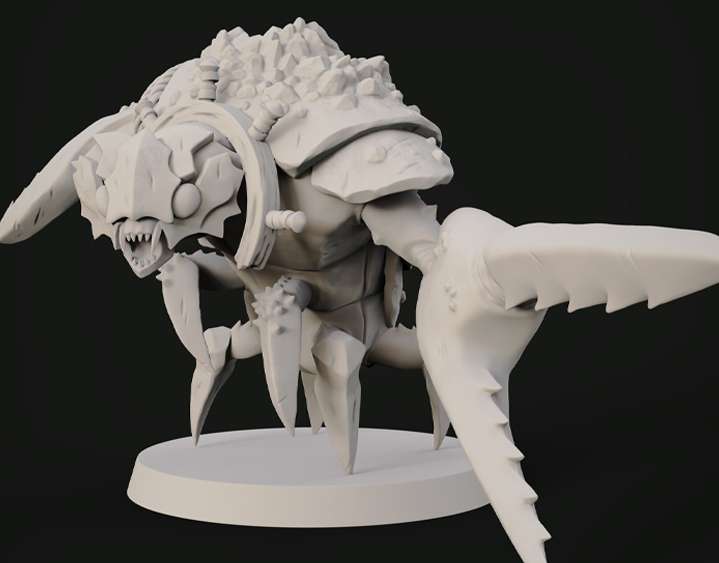

You can also follow one of the top 3D sculpting tips and save time on your design by turning references into a rudimentary 3D model. For example, a set of photos from different angles can create an object in multiple dimensions, while a scan can capture detail and form even more accurately. With these advanced references, you might only need to make minor adjustments.
Top 3D sculpting software
The most popular sculpting programs available today include:
The latter 4 are known primarily as modeling programs, but they have added robust sculpting features as well, allowing designers to make use of both techniques.
VR Sculpting
VR sculpting is an interesting new technique in the field of design where 3D models are created specifically for VR use according to VR specifications. Oftentimes, these models are created using VR hardware like headsets and controllers. In contrast, the traditional approach for many years has been to create ordinary 3D models on a computer and adapt them to the VR platform.
Normally, VR platforms offer powerful performance, so they are well-suited to working with voxel-based sculpting, which is quite memory-intensive. Thus, designers can easily go from VR sculpting to 3D prints: they just don their headsets, fire up a VR sculpting program like Oculus Medium or Google Tilt Brush and start creating their art in the exact medium where it will be used further. This is a return to traditional hand sculpting, except the models are digital and the hands never need to touch clay.
Want to know more about 3D sculpting?
Types of 3D Sculpting Services
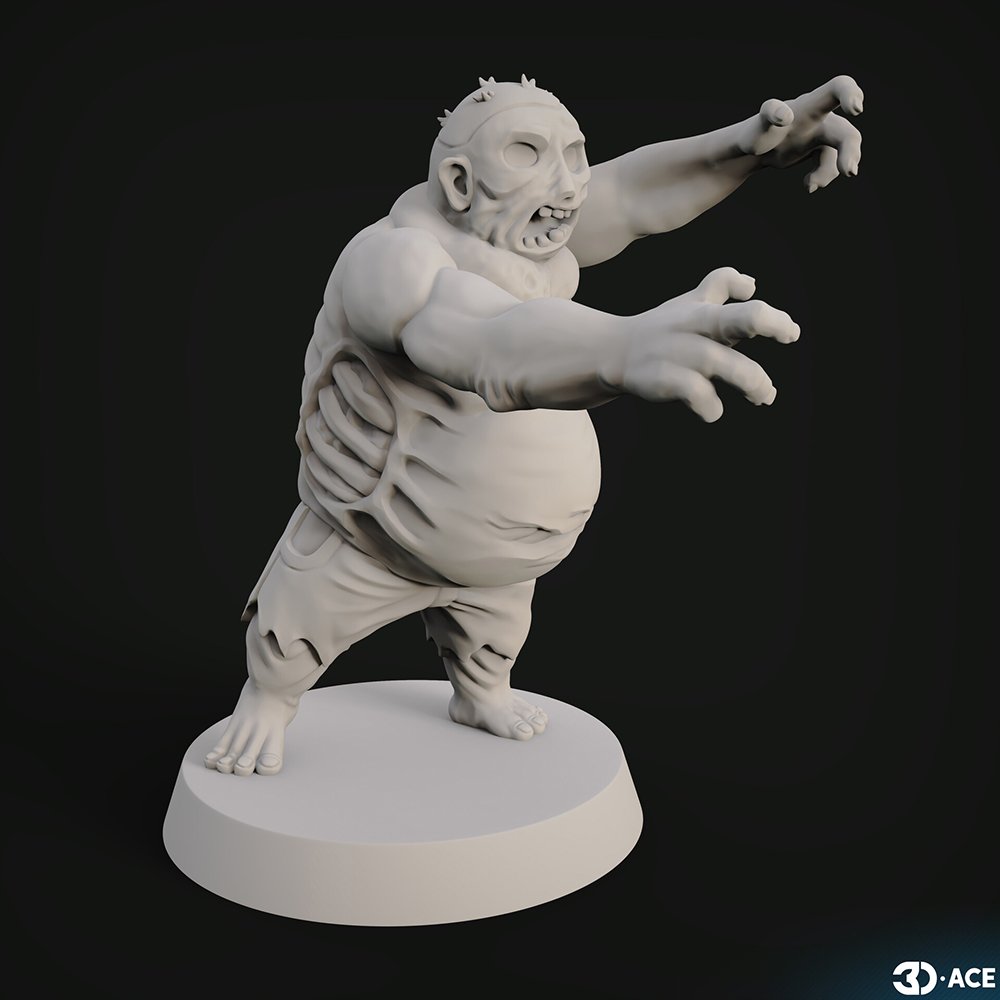
If you lack the experience, time, or resources to create your own sculpted models, you can opt to order services from designers and providers locally/on the web. Most art studios will offer selections or variations of the following sculpting targets:
-
Character
3D character sculpting is the most popular and in-demand service around today. Due to the complexities of character design, it can take weeks to create a high-poly character model and days spent on only 3D face sculpting, but at least the technique will offer the most ease and flexibility in the process. -
Hard surface
Surfaces and environments are more often covered through modeling, but sculpting is also a valid choice if you want to add great detail and irregular textures/features to the assets. Even low-poly environments may be well-suited to this technique if they include numerous uneven shapes and many broken lines. -
Props
Props can be created alongside 3D body sculpting (e.g. the mythic artifacts held by the Murloc Guardian) or as an entirely separate design. A good design will have plenty of texture and structural soundness, adding realism to the unique world of the model. -
Product
You can certainly create digital sculptures of your product as an alternative or supplement to modeling. This is especially useful during prototyping, when you are still working on the final design and want to play around with some minor changes.
Visit our Artstation portfolio
Start Sculpting Today With 3D-Ace!
Our studio offers a wide variety of digital sculpting services, and you can count on our help to create as many models as you need and with your preferred level of detail. We are the team that created the Murloc creatures exhibited throughout the article, and hundreds of other 3D models over 20+ years of design.
We will be happy to hear about your project and discuss the terms of cooperation. You can opt for only sculpted models or request additional services, including modeling, animation, VFX, and even integration into software. Our specialists have thorough experience with everything related to 2D/3D art and are more than ready to bring your vision to life.
So what are you waiting for? Contact us today and we can get started!

